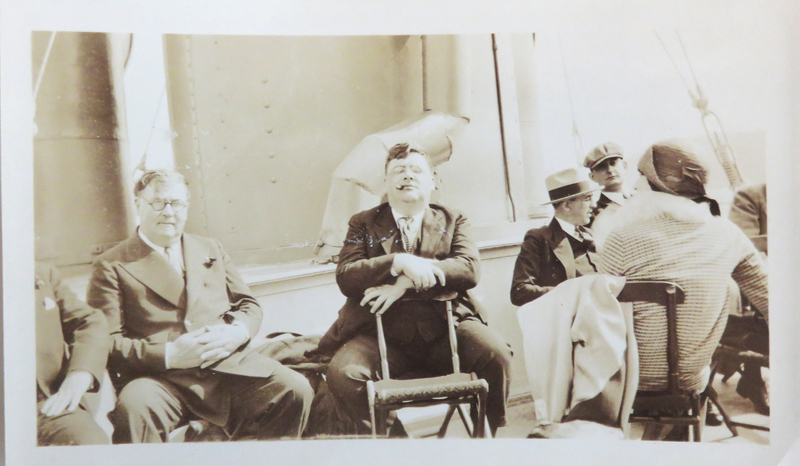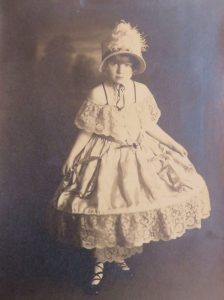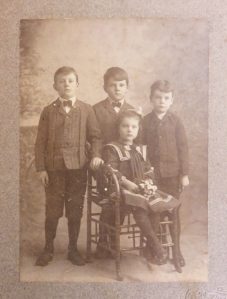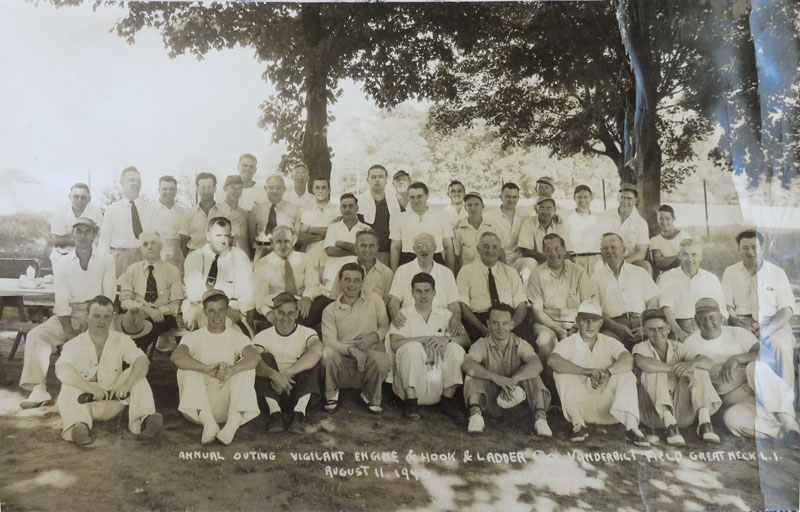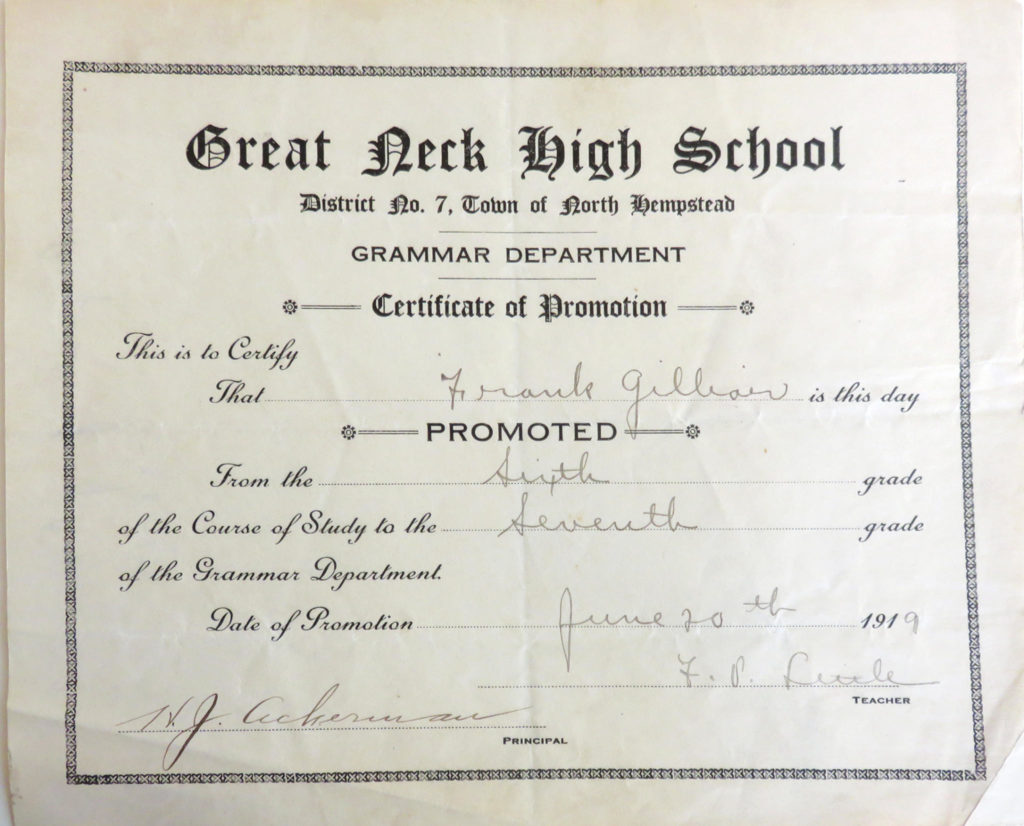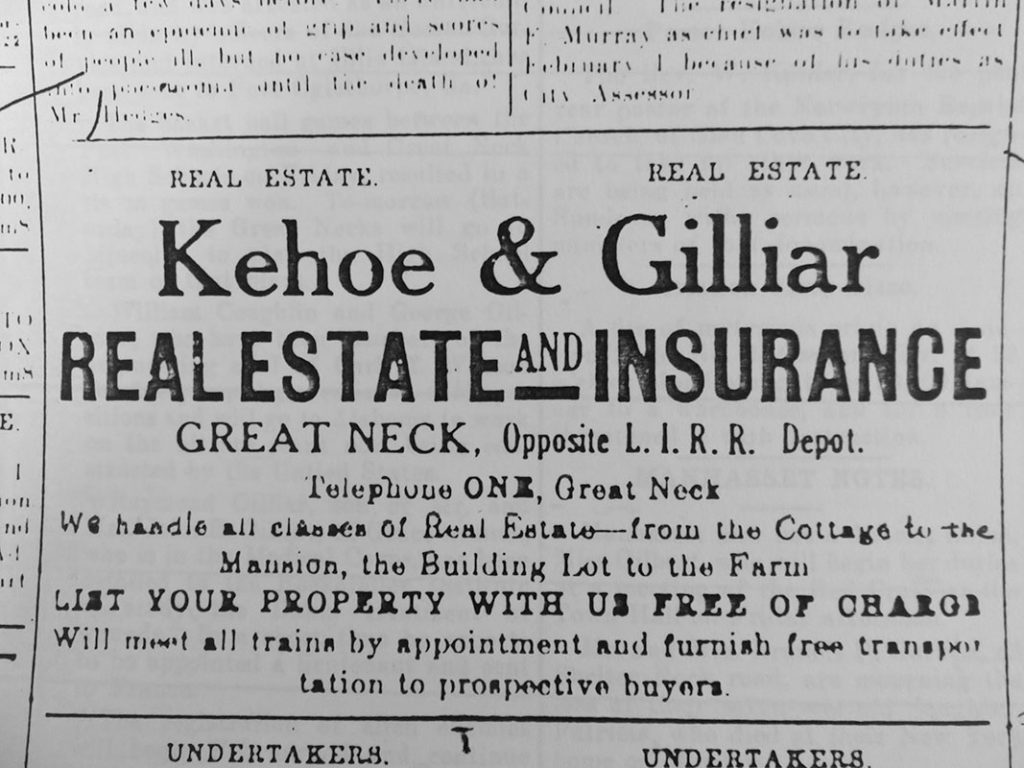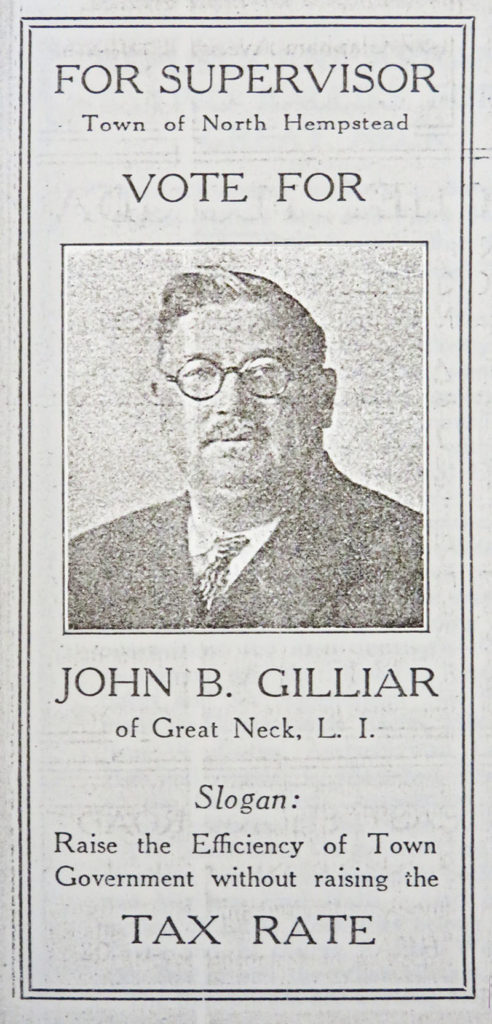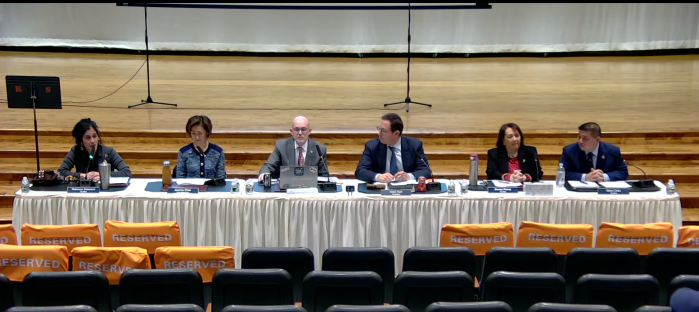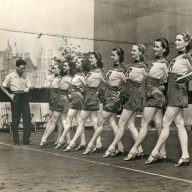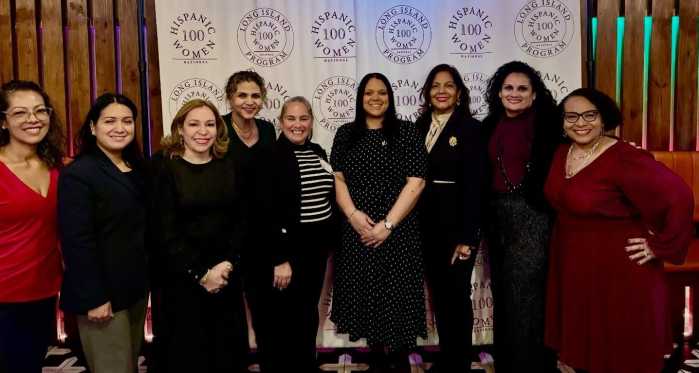Generations of the Gilliar family have contributed to Great Neck since the 1800s
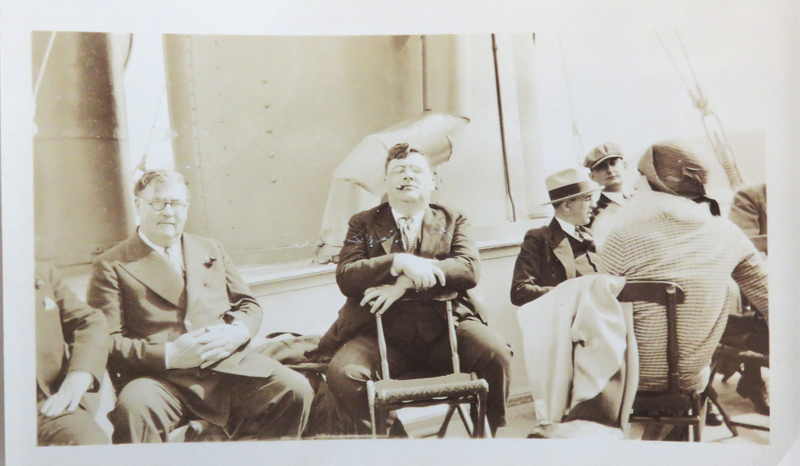
“On a day in the late 1850s, a young lass and an honest lad came off two different boats in New York harbor. The first things they saw were each other and a genuine Great Neck farmer sitting on his wagon with a Help Wanted sign,” recounts Lucky Seven, a
history of the Great Neck Public Schools published in 1964. “They took the jobs, rode the farm wagon from the Battery to Great Neck, were married two weeks later and begat generations of schoolchildren named Gilliar.”
The Great Neck peninsula was initially Native American land and then pasture for the livestock of European settlers. When the Gilliar family arrived five generations ago, the population was sparse, a place of farms and great estates. The family has played a role in the civic, intellectual and economic growth of Great Neck ever since.
On the peninsula, the forebears of the family began with Edward Raymond Gilliar, who had a homestead demarcated on local maps in the late 1800s describing him as “stonemason and fiddler.” He worked on the Eldridge family estate before it became the Village of Saddle Rock, and he rebuilt the stone foundation and the sea wall of the now historic Saddle Rock Grist Mill.
His son, John B. Gilliar, helped form the Alert Fire Department at the north end of the peninsula in 1901 and served as the first assistant chief. In 1904, he was one of the businessmen who organized the Vigilant Fire Department near the railroad, and his declaration to contribute the princely start-up sum of $100 was received by the founding members “amid loud applause,” reports a local newspaper. It was the seed money for a firehouse.

In those early years, John B. opened the real estate firm Kehoe and Gilliar. It had the first telephone on the peninsula with the memorable phone number ONE, which had to be spelled out in capital letters in newspaper advertisements. John B. also co-owned a hotel, Thomaston House, at the corner of Grace Avenue and Middle Neck Road.
He had a hand in bringing weekly journalism to Great Neck with the establishment of the North Hempstead Record in 1907, which was later renamed the Great Neck Record. He served as “Overseer of the Poor” of North Hempstead in the early 1900s and was “Tax Collector” in 1911.
John B. was responsible, “probably more than any other one individual,” according to his obituary, for such forward-thinking improvements as a sewer system in 1916 and a street-lighting system. He was the originator and first president of the Great Neck Chamber of Commerce.
The Gilliar-Nowill chapter of the Veterans of Foreign Wars on the North Shore of Long Island was founded after WWI, in 1920.
When the new train station was dedicated in 1925, John B. Gilliar was the civic leader at the forefront of the community who had the honor of accepting the keys to the railroad station on behalf of the community from the Long Island Rail Road. Great Neck residents attended the ceremony “en masse,” the newspaper reported, and the occasion included a 50-piece band.
In the 1920s, the Gilliar family built a miniature golf course on Grace Avenue and opened a pharmacy, the Gilliar Drug Company, in 1926, with two locations—one in what became Great Neck Plaza and one in what has always been referred to as the Old Village, the Village of Great Neck. The pharmacies had phone numbers 100 and 300. Great Neck was growing.
To raise money for worthy causes, John B. sponsored an annual Gilliar Cup tennis tournament and a golf tournament. His 1939 obituaries recount he was “a most colorful figure,” one of the peninsula’s most widely known residents, who for half a century
was identified with the civic development of Great Neck.
John B. and his wife, Catherine, had five sons. One was Frank J. Gilliar, the proprietor of Gilliar Fine Wines and Liquors, which opened in the Old Village as soon as Prohibition was repealed in 1933.
In 1937, as chief of the Vigilant Fire Department, he announced the launch of a milestone fundraiser to purchase the community’s first ambulance—a Cadillac with a reconfigured interior. Until then, an ambulance had to be summoned from faraway Mineola.
In the years that encompassed WWII, Frank J. served as fire chief from 1936 to 1947. He was also chief of the Eighth Battalion, the Nassau County cooperative of volunteer fire companies on the North Shore of Long Island. With his counterpart in New York City, he established a mutual-aid agreement that is still in effect today.
Frank J. worked in the headquarters of the Sperry Gyroscope Corporation in Lake Success, which produced specialized military electronics. During the war, he was a
local volunteer coordinator of civil defense on the East Coast.
With the advent of chain stores, the Gilliar stores were shuttered in the latter part of the century. Residents still remember the marble soda fountain countertop in the drugstore and the moose head on the wall in the liquor store.
In the 1980s, Raymond J. Gilliar, a United States military veteran and the great-grandson and namesake of that lad who landed in New York harbor in the 1850s, founded the Great Neck Old Village Civic Association with his wife, Rebecca, a writer. Rebecca has since become a dynamic and reliable voice in civic matters.
The history of the Village of Great Neck, founded in 1922, pays homage to the prominent families who helped foster and perpetuate the community’s prosperity, among them is the Gilliar family whose descendants continue to contribute to life on the peninsula today.




